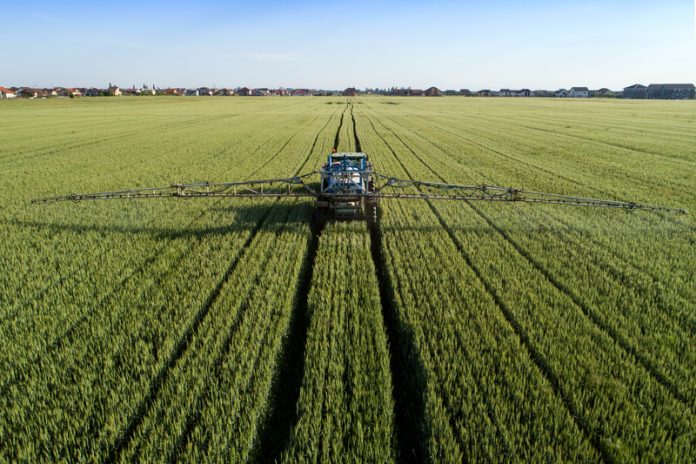Dr. Roel Evens, scientific project manager from SETAC Europe explores novel approaches and challenges concerning the extrapolation of chemical effects across biological levels
One of the biggest challenges in the ecological risk assessment of chemicals like pesticides, pharmaceuticals, industrial chemicals, personal and home care products and biocides is to extrapolate the effects of chemicals across different levels of biological organisation. Very traditionally, we measure for example the survival of a crustacean species in the laboratory, but we want to protect aquatic invertebrate populations in real ecosystems.
In most cases, this kind of extrapolation and the uncertainties associated to it are assumed to be covered using so-called assessment factors (AF), applied to the results of single species toxicity tests in the lab. Basically, the safe concentration of a chemical in laboratory conditions is divided by this AF to establish a safe concentration of the chemical in the field.
Nevertheless, there is still much of uncertainty on whether this extrapolation is protective enough or even overprotective. In higher tier risk assessments of some chemicals like pesticides and biocides, experimental approaches are available to address the higher and more complex levels of biological organisation, such as population studies in the lab, in the field and even at the community level (for instance, mesocosm studies). However, extrapolation itself is always a model-driven exercise and many uncertainties are associated with it.
Hence, although a lot of progress has been made with respect to modelling approaches, the actual incorporation into regulatory risk assessment has been limited so far. Historically, only a few experimental methods covering different levels of biological organisation are available and, due to their higher complexity, their use in risk assessment is often a matter of debate.
Such experimental approaches include i) sub-individual, in vitro and (cell-based) assays or biomarkers, ii) standard toxicity tests which can assess the effects at the population level for microorganisms but at the individual level for larger organisms and iii) micro & mesocosm experiments and field studies which are able to assess the effects at the population, community and ecosystem level. Until now, mechanistic ecological models to extrapolate from lower to higher levels of biological organisation are only sporadically accepted in regulatory risk assessment and mostly only to assess (dietary) exposure in the risk assessment for birds and mammals.
New developments which facilitate the extrapolation of effects observed in experiments amongst different levels of biological organisation include the quantitative adverse outcome pathways (AOPs), toxicokinetictoxicodynamic modelling (link exposure to the individual level), population models (link individual to population level), ecosystem/food chain models (link population to community/ecosystem level) and landscape level models (which explicitly take into account the spatial heterogeneity of populations and ecosystems).
These models can all be linked with each other to extrapolate the effects of chemicals from the suborganism level to the ecosystem level, as well as to use experimental data to parameterise the extrapolations and to validate them.
One of the biggest advantages of such approaches is that they can not only extrapolate, but also integrate. For example, lethal and sub-lethal effects of chemicals at population levels can be interactively analysed and by linking such models to landscape scaled models, the effects of multiple stressors can be evaluated under (semi-) realistic environmental conditions (for instance the effect of temperature increase resulting from climate change in combination with exposure to a chemical compound). These analyses can help overcome some of the biggest concerns when using ecological modelling and to ensure that all available testing information can be integrated with environmentally realistic risk assessment, for instance, to address the expected impact of chemicals on ecosystem services.
The Society of Environmental Toxicology and Chemistry (SETAC Europe) is organising a Special Science Symposium to present the state of the art in applying mechanistic ecological models in the risk assessment of chemicals in the environment. The symposium will kick off with the views and challenges of the relevant European institutions, such as the European Food Safety Authority (EFSA), the European Commission and the European Chemicals Agency (ECHA). This will be followed by a series of presentations by key experts on novel experimental and modelling approaches, as well as successful case studies on how these approaches can inform future environmental risk assessments of chemicals in a regulatory context.
This symposium is a must for everyone involved in environmental risk assessment and who wants to learn more about the needs and challenges to adapt the latest mechanistic ecological modelling approaches to the different regulatory risk assessment schemes.
More info at https://sesss13.setac.org/
Dr. Roel Evens
Scientific project manager
Society of Environmental Toxicology and Chemistry (SETAC Europe)
Tel: +32 2 772 72 81











